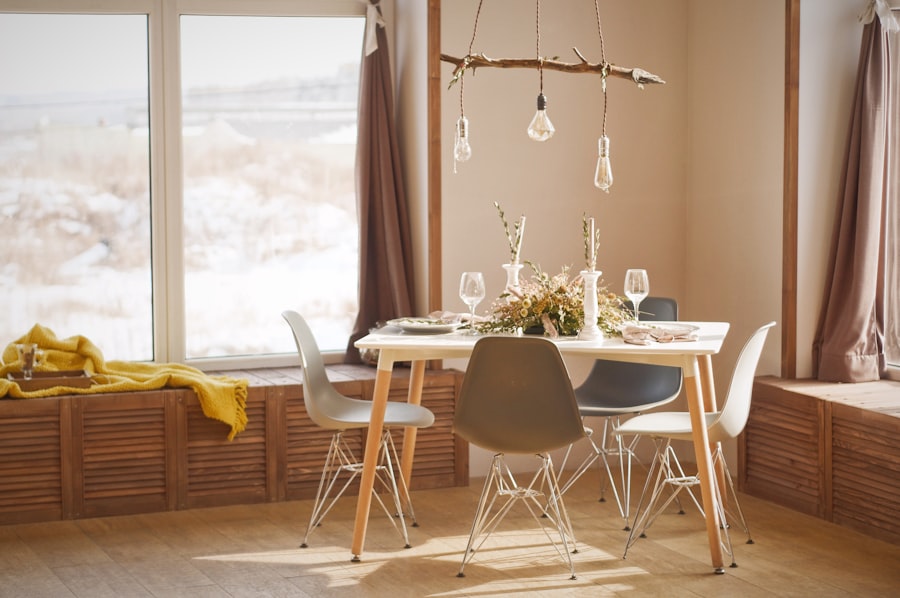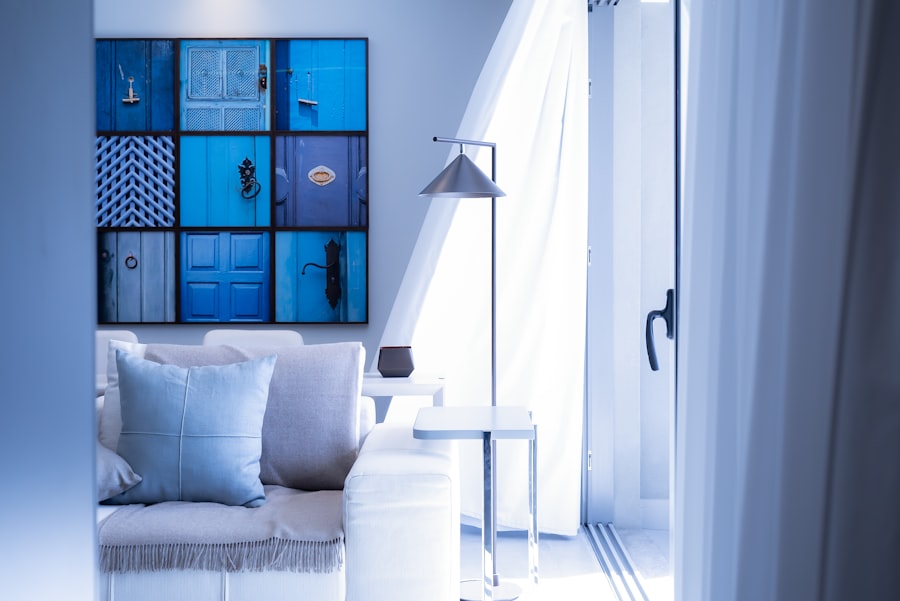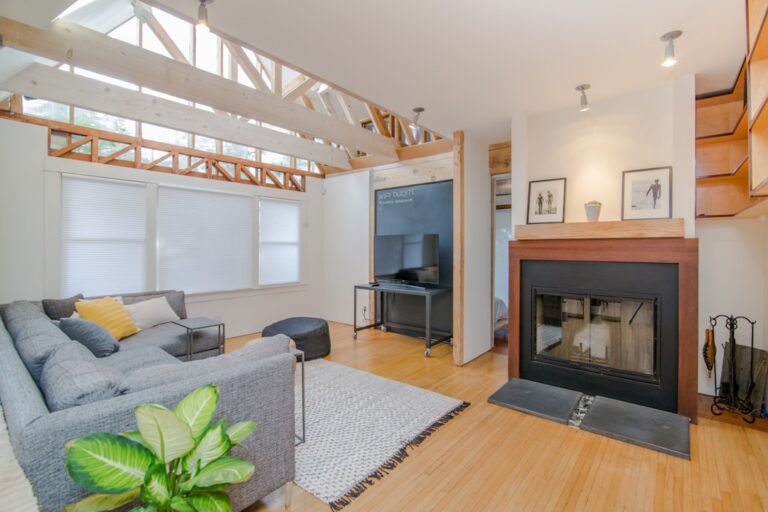In recent years, container homes have surged in popularity, emerging as a viable alternative to traditional housing. This trend can be attributed to several factors, including the growing need for affordable housing solutions, the increasing awareness of environmental sustainability, and the desire for unique living spaces. Shipping containers, originally designed for transporting goods across oceans, have been repurposed into innovative homes that offer both functionality and aesthetic appeal.
The versatility of these structures allows for a wide range of designs, from minimalist to luxurious, catering to diverse tastes and budgets. The rise of container homes is also closely linked to the global housing crisis, where many urban areas face skyrocketing real estate prices and a shortage of affordable options. As more individuals and families seek alternative living arrangements, container homes present an attractive solution.
They can be constructed quickly and efficiently, often in a matter of weeks, compared to traditional homes that may take months or even years to complete. Furthermore, the modular nature of shipping containers allows for easy expansion or modification, making them an appealing choice for those looking to create a personalized living environment.
Design and Layout Considerations for 40 Foot Container Homes
Open Floor Plan and Social Interaction
One popular approach is to create an open floor plan that combines living, dining, and kitchen areas into a cohesive space. This layout not only enhances the sense of spaciousness but also encourages social interaction among residents.
Natural Light and Ventilation
In addition to the open floor plan, incorporating large windows and sliding glass doors can significantly improve natural light and ventilation within the container home. Strategically placed windows can create a seamless connection between indoor and outdoor spaces, allowing residents to enjoy their surroundings while maintaining privacy.
Optimizing Space with Multi-Functional Furniture
Furthermore, utilizing multi-functional furniture—such as foldable tables or sofa beds—can help optimize space without sacrificing comfort or style. By carefully considering the layout and design elements, homeowners can create a functional and inviting living environment within the confines of a shipping container.
Sustainable Living in a 40 Foot Container Home

Sustainable living is at the heart of the container home movement, as these structures inherently promote eco-friendly practices. One of the most significant advantages of using shipping containers is their ability to repurpose materials that would otherwise contribute to landfill waste. By transforming these containers into homes, individuals can reduce their carbon footprint while embracing a more sustainable lifestyle.
Additionally, many container home builders prioritize energy-efficient designs that incorporate renewable energy sources such as solar panels or wind turbines. Water conservation is another critical aspect of sustainable living in a container home. Homeowners can implement rainwater harvesting systems to collect and store rainwater for irrigation or even potable use after proper filtration.
Greywater recycling systems can also be integrated to reuse water from sinks and showers for landscaping purposes. By adopting these practices, residents can significantly reduce their water consumption and contribute to environmental preservation.
Incorporating Modern Amenities into Container Home Plans
| Aspect | Details |
|---|---|
| Energy Efficiency | Use of solar panels, energy-efficient appliances |
| Water Conservation | Low-flow fixtures, rainwater harvesting system |
| Smart Home Technology | Integration of smart thermostats, lighting, and security systems |
| Space Optimization | Multipurpose furniture, built-in storage solutions |
| Indoor Air Quality | Use of natural ventilation, air purifiers |
While container homes are often associated with minimalism and simplicity, they can also be equipped with modern amenities that enhance comfort and convenience. Homeowners can incorporate high-quality appliances, smart home technology, and energy-efficient systems to create a contemporary living experience. For instance, installing energy-efficient appliances such as refrigerators, dishwashers, and washing machines can help reduce energy consumption while providing essential functions.
Smart home technology is another exciting avenue for enhancing container home living. Homeowners can integrate smart thermostats, lighting systems, and security features that can be controlled remotely via smartphones or tablets. This level of automation not only adds convenience but also allows residents to monitor their energy usage and make adjustments as needed.
By blending modern amenities with the unique characteristics of container homes, individuals can enjoy a comfortable lifestyle without compromising on style or functionality.
Cost-Effective and Stylish Decor Ideas for Container Homes
Decorating a container home presents an opportunity to express personal style while remaining budget-conscious. One effective approach is to embrace a minimalist aesthetic that highlights the industrial charm of the shipping container itself. Exposed metal walls and structural elements can be complemented with warm textiles, such as area rugs and throw pillows, to create a cozy atmosphere.
Choosing a neutral color palette with pops of color through decor items can also enhance the overall design without overwhelming the space. Incorporating upcycled or reclaimed materials into the decor can further enhance both style and sustainability. For example, using reclaimed wood for shelving or furniture not only adds character but also reduces environmental impact.
Additionally, thrift store finds or DIY projects can provide unique decor pieces that reflect individual tastes while keeping costs low. By focusing on cost-effective yet stylish decor ideas, homeowners can create an inviting space that feels both personal and sophisticated.
Tips for Customizing and Personalizing Your 40 Foot Container Home

Architectural Features
One effective way to design is by incorporating architectural features such as cantilevered decks or rooftop gardens. These additions not only enhance the visual appeal of the home but also provide outdoor spaces for relaxation or entertainment.
Interior Design Choices
Another avenue for customization lies in the interior design choices made by homeowners. Selecting specific color schemes, furniture styles, and decorative elements can transform a standard container into a personalized sanctuary. For instance, individuals who appreciate a rustic aesthetic might opt for vintage furnishings paired with earthy tones, while those who prefer a modern look may choose sleek lines and bold colors.
Personal Touches
Additionally, incorporating personal artwork or photographs can infuse the space with warmth. Ultimately, customizing a 40-foot container home is about creating an environment that resonates with its inhabitants. By thoughtfully considering design elements and personal touches, homeowners can transform their container into a unique reflection of their values and lifestyle preferences.








